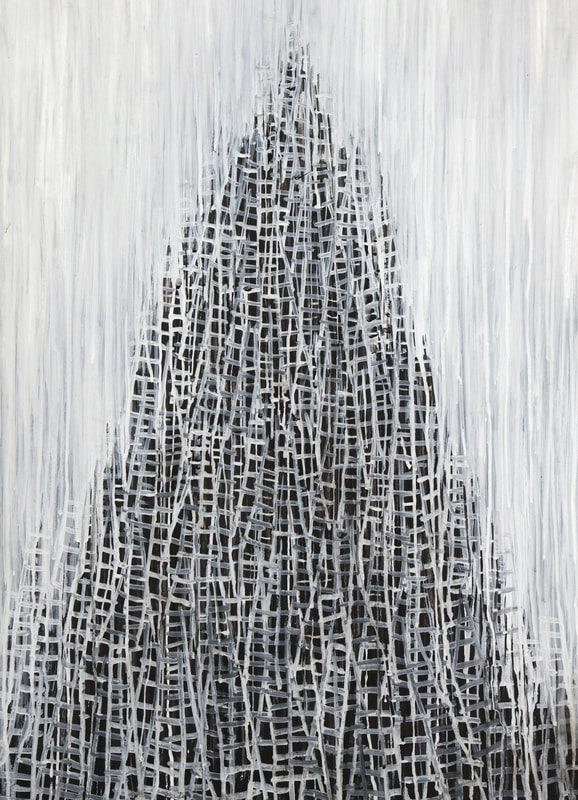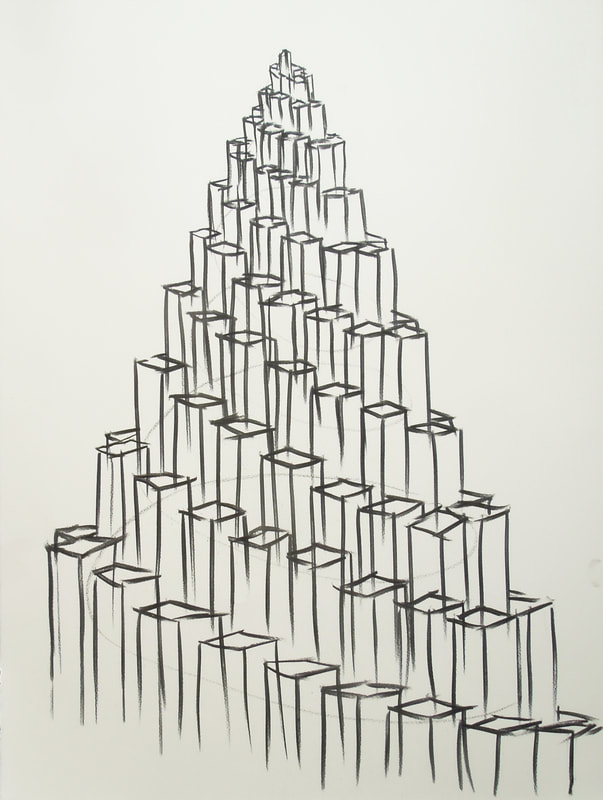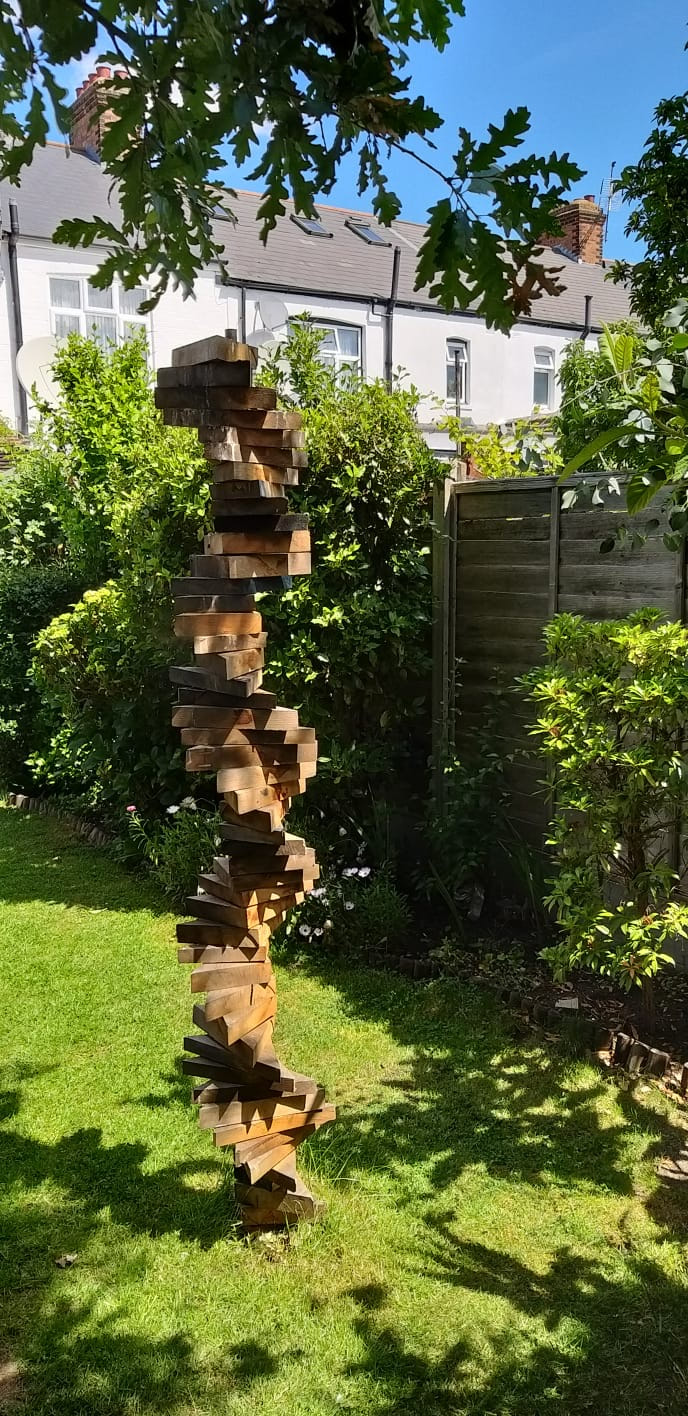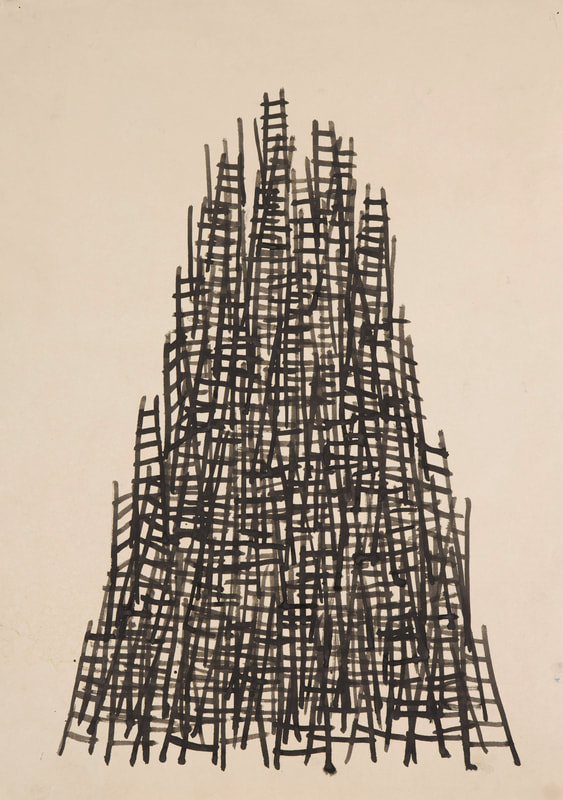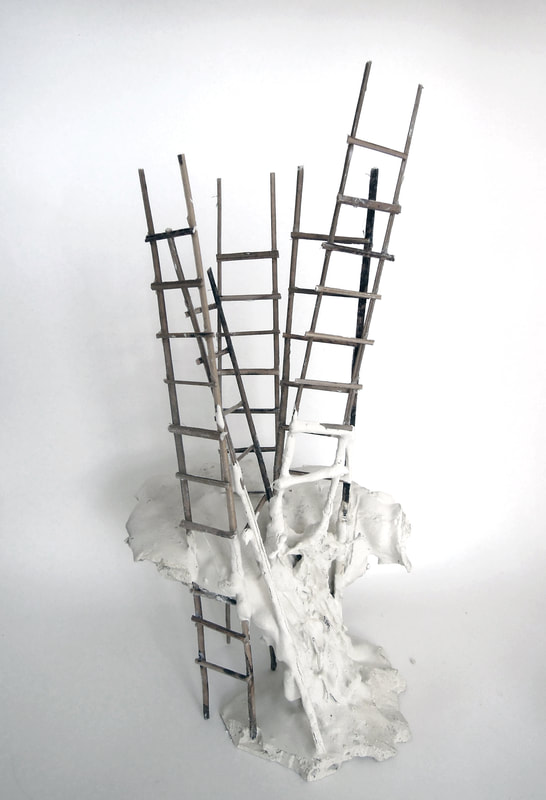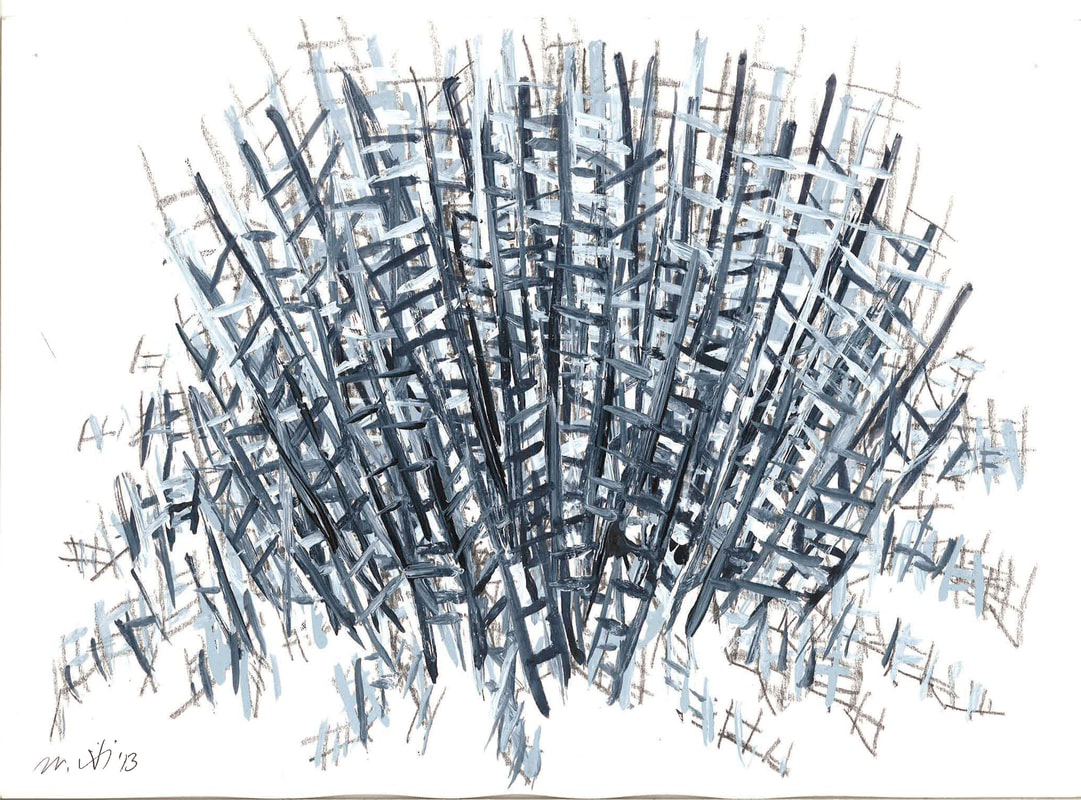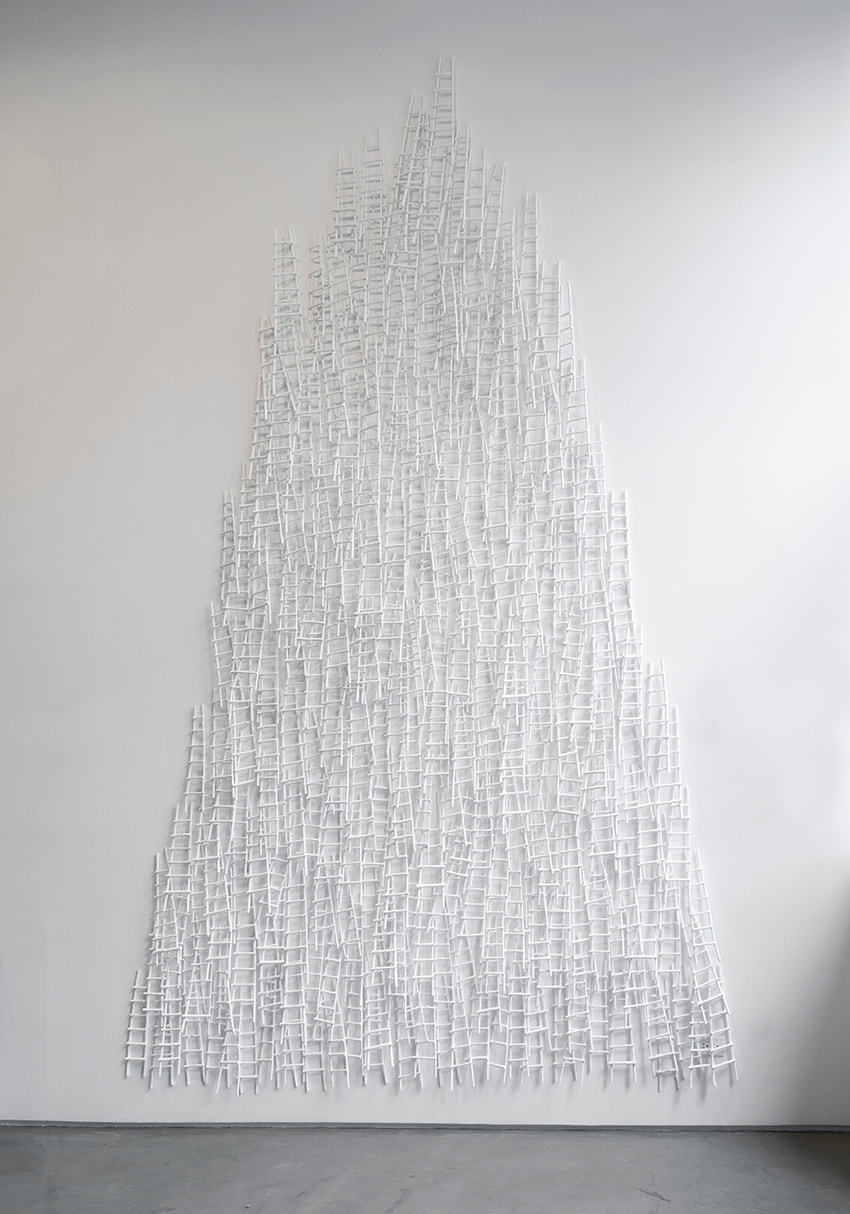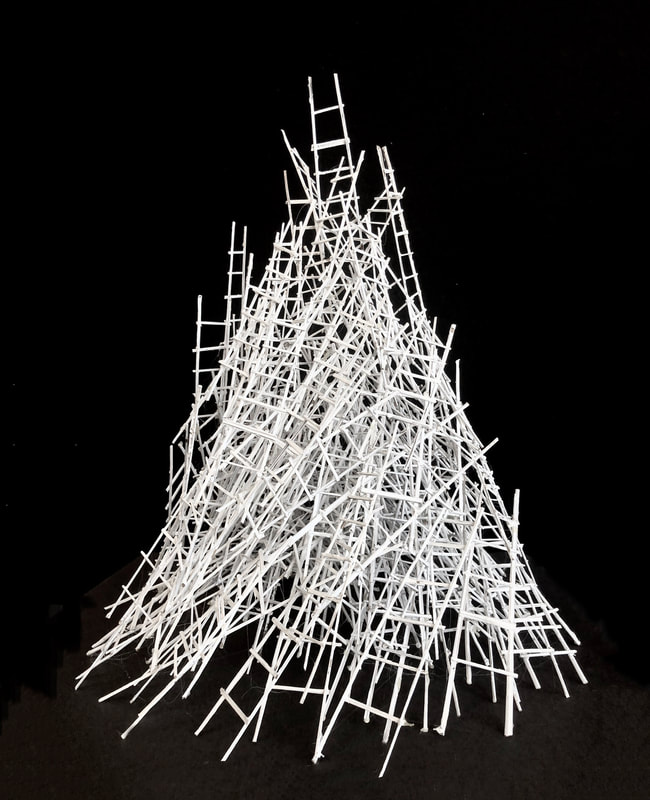Walid Siti
Walid Siti was born in 1954, in the city of Duhok, Kurdistan-Iraq. After graduating in 1976 from the Institute of Fine Arts in Baghdad, Siti left Iraq to continue his arts education in Ljubljana, Slovenia before seeking political asylum in 1984 in the United Kingdom where he now lives and works.
Formerly trained in printmaking, Siti works extensively in a variety of mediums including video, installation, sculpting, drawing and painting. His works traverse a complex terrain of memory and loss, while at the same time offering an acute insight into a world, which for him has been a place of constant change. Siti shows these forces at work and uses ready-made objects and references associated with his heritage and the state of current politics, transforming them into shapes that evoke a set of metaphors and associations that address the ongoing changes in the Middle East.
Formerly trained in printmaking, Siti works extensively in a variety of mediums including video, installation, sculpting, drawing and painting. His works traverse a complex terrain of memory and loss, while at the same time offering an acute insight into a world, which for him has been a place of constant change. Siti shows these forces at work and uses ready-made objects and references associated with his heritage and the state of current politics, transforming them into shapes that evoke a set of metaphors and associations that address the ongoing changes in the Middle East.
|
My work increasingly considers the precarious relations between collective identity, interdependence and its constraints on the individual through considerations of heritage, tradition, homes, borders, mobility and migration. These themes have had an imprint on my outlook, and contributed to shape my art and life. My work draws on the formal elements of architecture inspired by the cultural heritage and current rush to “reconstruct” in the Middle East region. It aims to draw a perturbed image of an unsettled landscape that has witnessed violent changes and transformations.
I manipulate and transform man made and natural materials such hard paper, barbed wire, plaster, soldier figurines, acrylic and straw to create new shapes and forms that evokes a new set of meaning and metaphors. Through constructing and deconstructing, I aim to convey the concept of a shift of these iconic structures, from their former position within a historical cultural tradition to a complex contemporary form, with the ensuing transformation from order to disorder and vice versa. The work creates a visual metaphor for dislocation and disorientation, where new potential has been unleashed in a fragile and troubled landscape that is witnessing rapid social change, shifting power structures, inept development and an uncertain future. |
ONENESS from Walid Siti on Vimeo.
|
In this short video, Oneness 2020, Walid Siti installs a sculpture in his garden, focusing on shifts and rethinking the centres and sources of power.
Siti says “A year ago I was given a few bags of wood off cuts leftover from a job. They were solid oak in rectangular shape. I had in mind a use for them in creating something in our garden. Then the Covid-19 pandemic and lockdown came along. A situation that affected all of us to the core. The threat to humanity but more to the centres of power, states and institutions. It refocused and emphasised the importance of nature and sciences as well as the role of the marginalised.” “Entirely made out of recycled natural materials, inspired by nature and again installed into nature. The simple shape of helix as an art piece is a tribute to nature and sciences and to those undermined human resources and foundations.” |
|
While utopia is an expression of a state of endless imagination, it can be a tool by which a form of reality can be created that allows free unrestricted vision. While referencing utopia, this fragile structure represents a shift from the position of towers within a historical cultural tradition to a complex contemporary form. The ensuing transformation moves us between states of order to disorder and vice versa. In the light of imagining the world positivity these three works I propose within different mediums focus on the structures that people have built in the past: pyramids, ziggurats and towers, which have been shaped by the very idea of “reaching further and further up”, transforming into a dynamic and endless movement towards hoping a better social order and for the future.
|
